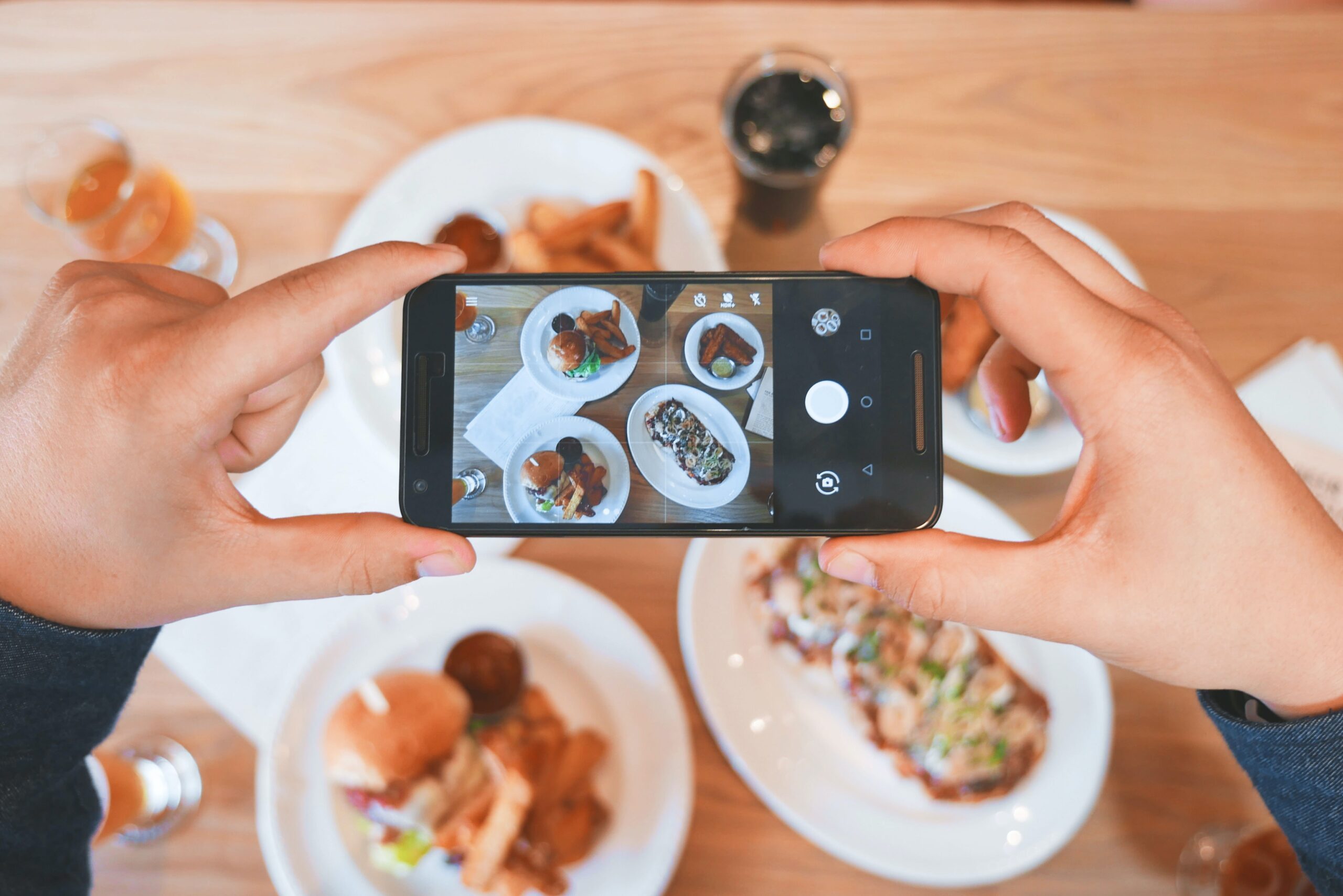Contents
ToggleWhat is an influencer?
Someone who has experience in a given field or perhaps has the attention of many people.
- Authority, knowledge, authority in a position of trust, and connections with one’s audience are all examples of the ability to influence others’ purchasing decisions due to management, knowledge, the work of the trust, or relationship with their audience.
- Following someone in a distinct area with whom they interact. The topic of the niche determines the size of the following.
These people are not only marketing tools but rather social relationship assets that marketers may use to meet their objectives.
What Are Social Media Influencers, and What Do They Do?
We have seen social media expand rapidly in usage over the last decade. More than 3.4 billion people, or 45% of the global population, actively use social media.
These people, of course, look to social media influencers for guidance when it comes to making decisions.
Influencers in social media are individuals who have established a reputation for their expertise on a specific subject and have a large following of interested, engaged people.
They make frequent postings about the issue on their preferred social media channels and build huge followings of devoted followers. Brands adore social media influencers since they may start trends and persuade their followers to acquire items that they advertise.
Types of Influencers
You may categorize influencers in a variety of ways. The number of followers, the sort of content, and the degree of influence are just a few examples. You can also organize influencers by niche.
This implies that influencers who appear in a low category on one measure may be more assertive when viewed from another viewpoint. Many mega-influencers are celebrities, for example.
However, because they lack expertise in a specialized narrow field, many of these groups may have a less actual impact on their followers. Some micro and even nano-influencers might be highly beneficial to a firm marketing a product in that area.
By Follower Numbers:
Mega-Influencers
The term “mega-influencer” refers to individuals who have many followers on their social media platforms. Although there are no rules regarding the distinctions between various followers, it is generally accepted that mega-influencers have more than 1 million followers on at least one social networking site.
Celebrities and influencers with a large following that has developed offline are known as “mega-influencers.”
Movie celebrities, sports figures, musicians, and even reality television stars are examples of mega-influencers. Some mega-influencers gained huge followings through their internet and social media presence.
However, only notable brands should engage with mega-influencers for influencer marketing. Their services will be expensive, and they will most likely be picky about who they collaborate.
Mega-influencers almost always have agents working on their behalf to negotiate any advertising agreements.
Macro-Influencers
Macro-influencers are one step down from mega-influencers, and they may be more accessible as influencer marketers. You’d consider individuals with followers between 40,000 and 1 million on a social network to be macro-influencers.
This group is typically made up of two types of individuals. They are B-grade celebrities who have not yet achieved professional success. Alternatively, they may be successful internet experts with more significant followings than standard micro-influencers.
The latter type of macro-influencer is more likely to benefit businesses utilizing influencer marketing.
Macro-influencers are typically well-known and capable of generating awareness. Macro-influencers outnumber mega-influencers, so a company may locate one that is more readily available to collaborate with.
Micro-influencers are also popular with brands since they are more accustomed to working with companies. This makes communication a lot easier.
Micro-Influencers
Micro-influencers are everyday individuals who have become known for their expertise in a specific specialized field. As a result, most of their social media followers are devotees of that niche.
Of course, the number of followers is only one aspect to consider when assessing a micro-influencer’s influence; it’s also essential to look at how closely connected and involved the influencer is with their fans.
There are many views on the number of followers a micro-influencer should have. Micro-influencers might range from 1,000 to 40,000 followers on a single social network.
Nano-Influencers
One example is the nano-influencer, the newest kind of influencer to get a following. These individuals have a tiny number of followers yet are authorities in an obscure or highly specialized subject.
When thinking about nano-influencers, you may think of them as the big fish in a small pond. They have far fewer than 1,000 followers in many situations, but they will be attentive and interested followers who would want to discuss the nano-influencer with them.
By Types of Content:
Most influencer marketing now takes place on social media, particularly with micro-influencers. Blogging and micro-influencers are also becoming more popular. Video has become increasingly popular lately, which is good news for YouTubers.
Bloggers
Bloggers and influencers in social media (particularly micro-bloggers) have the most genuine and active relationships with their followers. Businesses are now recognizing this.
Influencer marketing has long been linked to blogging. On the internet, there are a plethora of highly influential blogs. If a prominent blogger praises your product in a post, it might encourage their followers to try it out.
Many bloggers have gained a large following in specific industries. There are many highly influential blogs on personal development, finance, health, child-rearing, music, and various other themes, including blogging itself. The most important thing that successful blogs share is their audience’s respect.
YouTubers
Of course, there are many types of popular content on the internet. Video is another much-loved form of content. Rather than having their website, most video creators set up a channel on YouTube in this scenario. Branded videos frequently collaborate with prominent YouTube personalities.
Podcasters
Podcasting is a relatively new form of internet content that is gaining traction. It has already made several household names, perhaps most notably exemplified by Entrepreneurs on Fire’s John Lee Dumas. If you haven’t yet had the chance to listen to podcasts, Digital Trends has compiled a comprehensive list of the best podcasts in 2019.
Social Posts Only
Of course, bloggers, podcasters, and YouTubers seldom rely on their current audiences to come just for it. They typically push out new content or videos aggressively on social media – therefore, most of these bloggers and content producers are micro-influencers.









